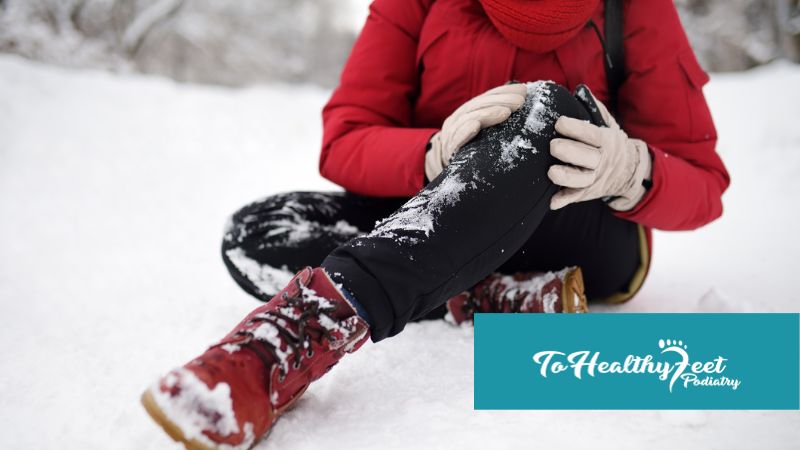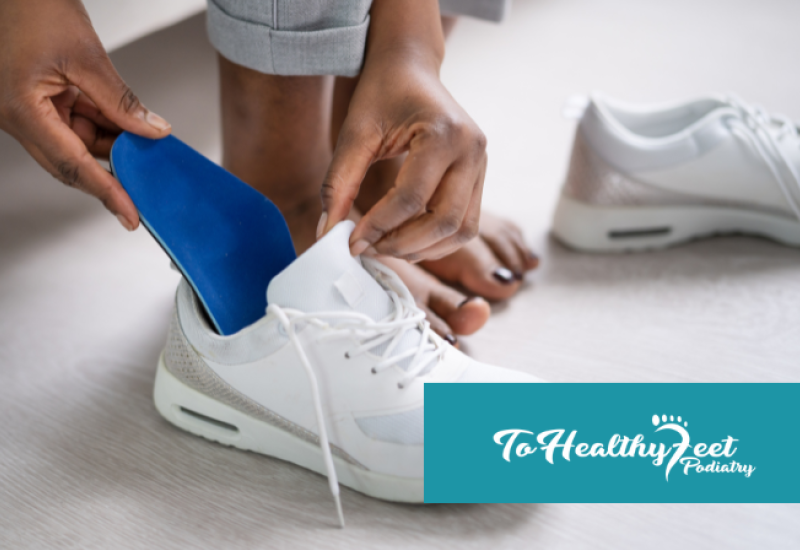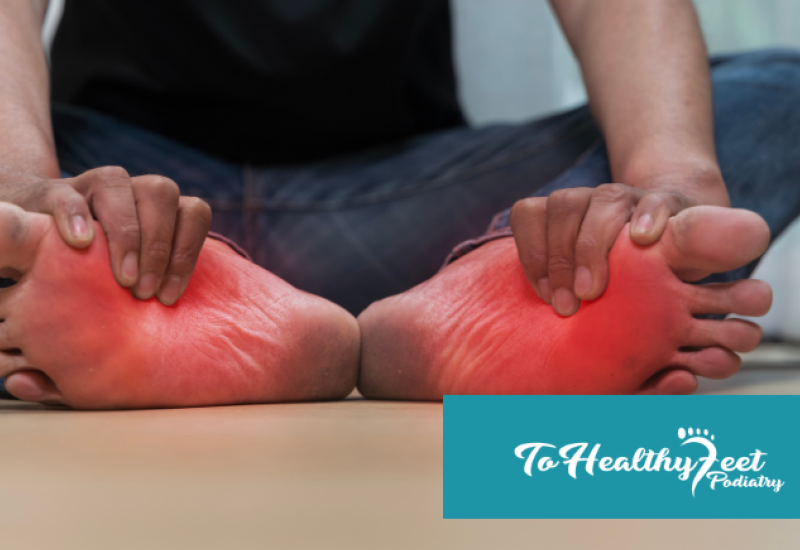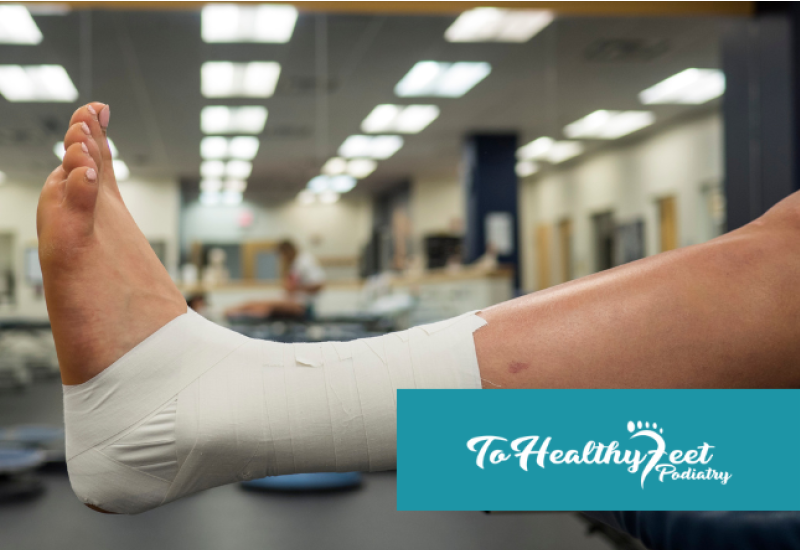As winter blankets the world in a shimmering white, we often find ourselves enchanted by the beauty of this season. The serene landscapes, cozy fires, and hot cocoa all have their charm. However, winter also brings its fair share of challenges, especially for our feet. From freezing temperatures to wet and slippery surfaces, our feet bear the brunt of the season's harshness. In this blog, we'll delve into the common winter foot problems that many of us encounter and discuss effective strategies to avoid them. After all, keeping our feet healthy and comfortable is essential for enjoying all that winter has to offer.
Frostbite and How to Prevent It
One of the most dreaded winter foot problems is frostbite, a condition that occurs when skin and underlying tissues freeze due to prolonged exposure to extremely cold temperatures. Frostbite often affects the toes and can lead to serious tissue damage. To prevent frostbite, follow these steps:
- Layer Up: The key to preventing frostbite is keeping your feet warm. Wear insulated, moisture-wicking socks to keep your feet dry and cozy. Consider wearing two pairs of socks if necessary, but ensure they are not too tight, as this can restrict circulation.
- Invest in Quality Footwear: Choose winter boots that are both insulated and waterproof. Proper insulation will help trap heat, while waterproof boots will keep your feet dry when navigating slushy streets or snowdrifts.
- Avoid Tight Shoes: Opt for footwear with ample room for your toes. Tight shoes can constrict blood flow, making your feet more susceptible to frostbite. Make sure your boots provide adequate space for warm air to circulate around your feet.
- Keep Moving: Staying active generates body heat, which helps keep your feet warm. When outdoors, try to keep moving rather than standing still for long periods.
Dry Skin and Cracked Heels
Another common issue during the winter months is dry skin and cracked heels. Cold and dry air can sap the moisture from your skin, leaving it parched and prone to cracking. Here's how to prevent and treat this problem:
- Hydrate Your Feet: Just as you moisturize your face and body, remember to moisturize your feet daily. Use a thick, rich foot cream or petroleum jelly to lock in moisture. Pay extra attention to the heels and the areas between your toes.
- Exfoliate Gently: Regularly exfoliate your feet to remove dead skin cells. You can use a gentle foot scrub or a pumice stone. Be careful not to over-exfoliate, as this can make the skin more susceptible to cracks.
- Wear Moisture-Wicking Socks: Moisture-wicking socks help keep your feet dry by pulling sweat away from your skin. This can help prevent the buildup of moisture that can lead to dryness and cracking.
- Soak and Soothe: A warm foot soak can work wonders for your feet. Add some Epsom salts or a few drops of essential oil to a basin of warm water and soak your feet for 10-15 minutes. Follow up with a moisturizing foot cream for added relief.
Slips and Falls on Icy Surfaces
Icy sidewalks and driveways are a notorious winter hazard that can result in slips and falls. Injuries to the feet, ankles, and knees are not uncommon during this season. To stay safe and avoid these accidents:
- Choose Proper Footwear: Opt for winter boots with non-slip soles or add traction devices to your shoes for extra grip on icy surfaces. Traction aids like ice cleats or slip-on grips can significantly reduce the risk of slipping.
- Walk Cautiously: Slow down and take shorter steps when walking on icy terrain. Keep your center of gravity over your feet, and avoid abrupt movements or sharp turns that could lead to a fall.
- Use Salt or Sand: If you have control over the pathway in front of your home, consider sprinkling salt or sand on icy patches to create traction. This can make walking safer for you and your neighbors.
- Clear Snow Promptly: After a snowfall, make it a priority to clear the snow from your walkways and driveways. Removing the snow promptly can prevent it from melting during the day and refreezing at night, creating icy surfaces.
Ingrown Toenails and Foot Discomfort
During the winter, it's easy to neglect your feet, thinking they're safely tucked away in warm socks and boots. However, this can lead to problems like ingrown toenails and general foot discomfort. To maintain healthy feet:
- Keep Nails Trimmed: Trim your toenails regularly to prevent them from becoming too long and ingrown. Cut them straight across to avoid curved edges that can grow into the skin.
- Maintain Good Foot Hygiene: Even though your feet are less exposed during the winter, it's essential to keep them clean and dry. Washing your feet daily and thoroughly drying them, especially between the toes, helps prevent fungal infections.
- Rotate Footwear: Don't wear the same pair of shoes or boots every day. Rotating your footwear allows them to air out and prevents the buildup of moisture and odors.
- Stretch and Massage: Give your feet some love by regularly stretching and massaging them. Gentle stretches and massages can alleviate discomfort and improve circulation.
Winter's icy grip can be harsh on our feet, but with the right care and precautions, we can keep them healthy and comfortable throughout the season. By preventing frostbite, combatting dry skin, staying safe on icy surfaces, and maintaining good foot hygiene, you can enjoy all the wonders of winter without having to worry about common foot problems. Remember, your feet carry you through the season's challenges, so it's essential to take care of them so you can fully embrace the beauty and joy of winter.
Written on behalf of To Healthy Feet Podiatry.
FAQs
Q: How do I combat dry skin and cracked heels in winter?
A: Combat dryness by moisturizing daily, gently exfoliating, wearing moisture-wicking socks, and indulging in soothing foot soaks.
Q: Are there specific types of socks I should wear during winter to keep my feet warm?
A: Yes, opt for insulated and moisture-wicking socks to keep your feet dry and cozy in cold weather.
Q: How can I maintain foot health while wearing closed-toe shoes and boots throughout winter?
A: Practice good foot hygiene, keep your feet dry, and make time for foot care routines, including moisturizing and gentle stretching, even when wearing closed footwear.




